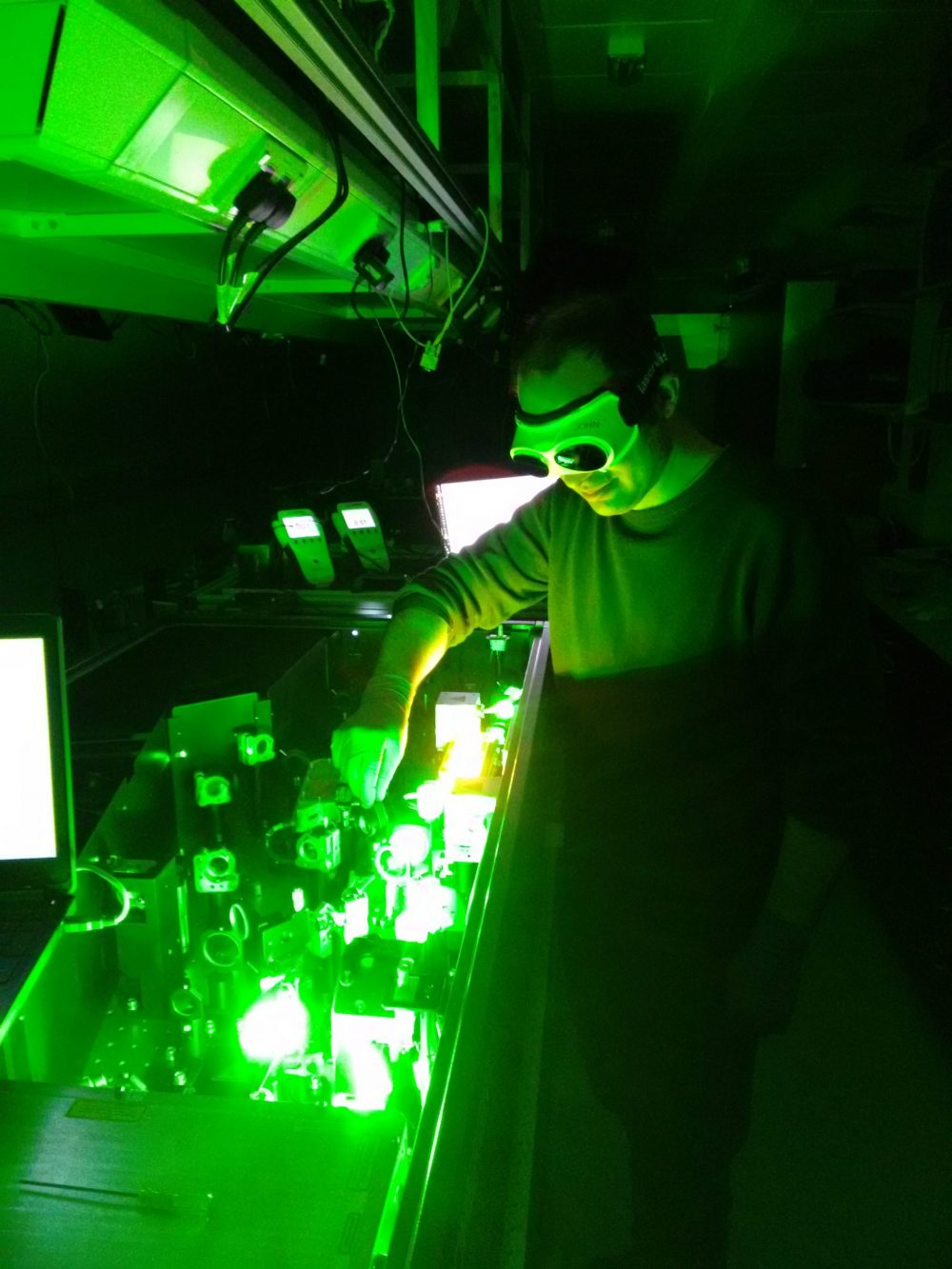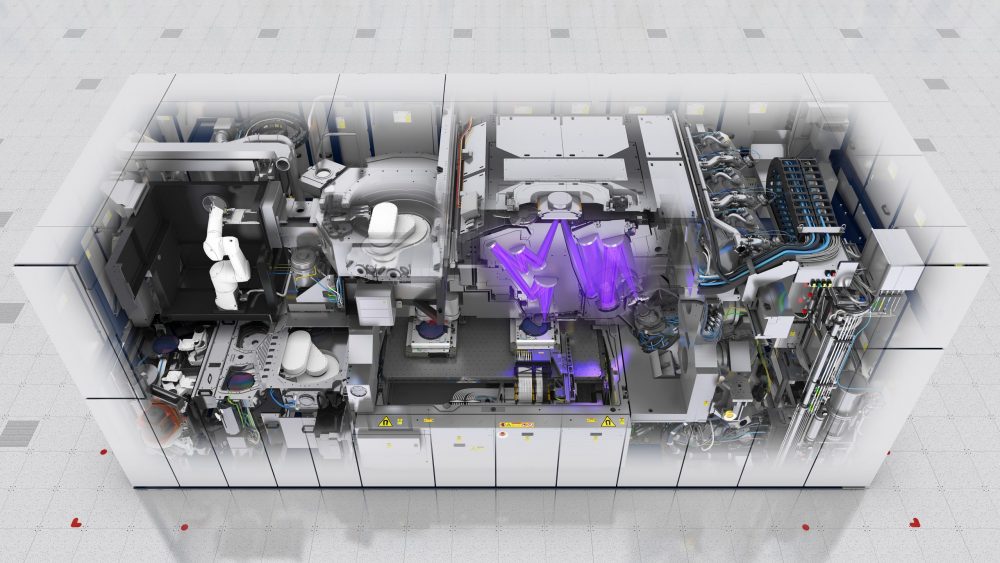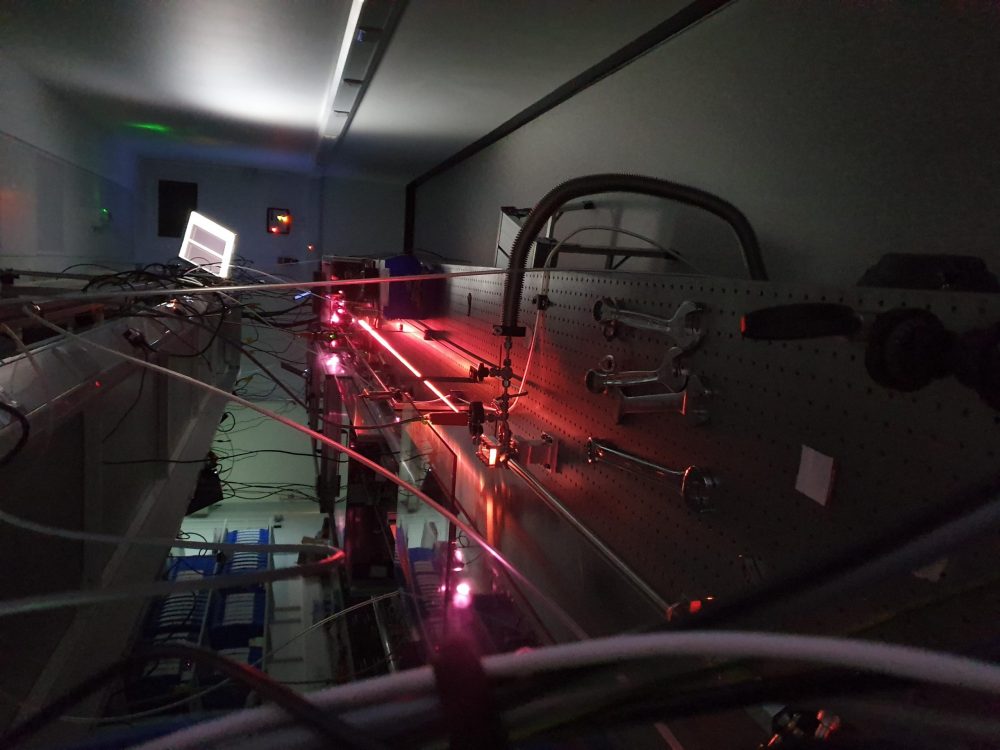A NEW research partnership could see the advancement of laser technologies that may lead to the improvement of electronic and healthcare equipment.
Academics from Heriot-Watt University are partnering with ASML, a major international supplier to the semiconductor industry, to try and create better laser technologies.
The collaboration will last five years and will see the technology giant team up with leading academic Professor John Tavers.

The partnership has resulted in a new laboratory at Heriot-Watt University which will accelerate the industrialisation of fundamental physics research.
Professor Travers’ current focus is on new broad bandwidth light sources for optical metrology.
The sensors in ASML’s machines must work at multiple wavelengths because they encounter various materials, each of which absorb in different ways.

Developments in this field allow top chipmakers to create better performing, cheaper chips.
Due to the value of each multimillion machine the company said that it is vital that ASML continues to explore new directions for its technology to take.
Professor Travers’ team has already delivered several ideas that have been patented.
Professor Travers said: “The type of optical components used in recent research previously sat in the domain of fundamental physics research.
“Working in close cooperation with ASML is rapidly moving our work in the direction of the industrialisation of this technology, where we are addressing specific engineering challenges, and applying the technique to create real-world impact.

“My research into fundamental physics can be used by ASML in an industry setting.
“So often in academia, the focus is on advancing the science and impressing our peers. However, through this industrial partnership, we are addressing specific real-world engineering challenges, with industry and academia learning from each other.”
Application of the advances in light source technologies are not limited to semiconductor chip manufacture.
There are also valuable uses for the technique in healthcare technology and precision manufacturing.
Hein Otto Folkerts, vice-president within Development and Engineering at ASML, said: “ASML has a long tradition of close partnerships with academia. Our collaboration with Professor Travers and Heriot-Watt University will complement ASML’s research agenda, supporting our technology roadmap.
“This group at Heriot-Watt is one of the leading groups in the world working on these kind of light sources and has a track record on innovations.”
